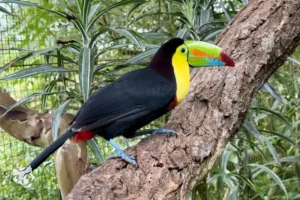NAUTAS
Practical Tips Before Visiting Manuel Antonio National Park in Costa Rica🇨🇷🌴
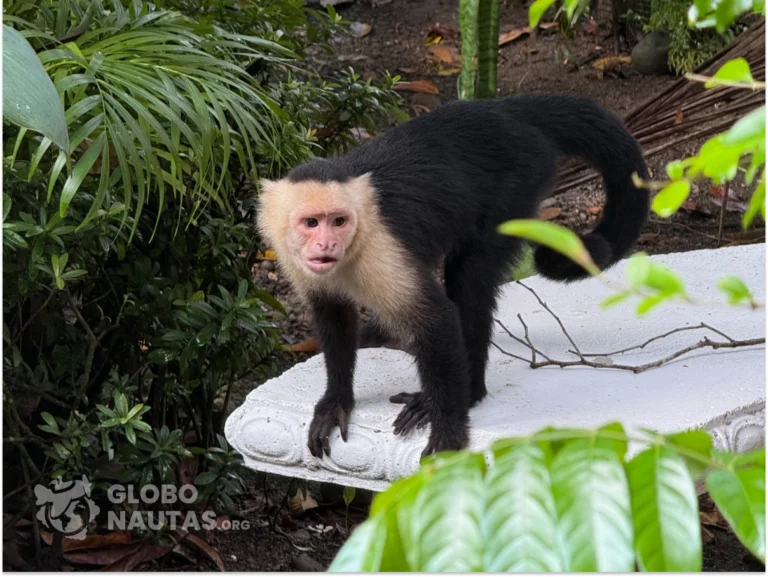
Manuel Antonio National Park is one of the places that made me fall in love with Costa Rica. Lush jungle, white-sand beaches, monkeys everywhere — literally, we saw them on the streets, jumping between trees and approaching tourists — and turquoise waters of the Pacific Ocean, plus some of the most beautiful sunsets we’ve ever seen.
Ignacio is from Costa Rica, so he had been to Manuel Antonio National Park before, but when I visited the park for the first time, I was truly amazed — the animals, the ocean, and the sunsets completely blew my mind. We want to share our experience and insider tips so you can enjoy it just as much as we did.
Where Is Manuel Antonio National Park?
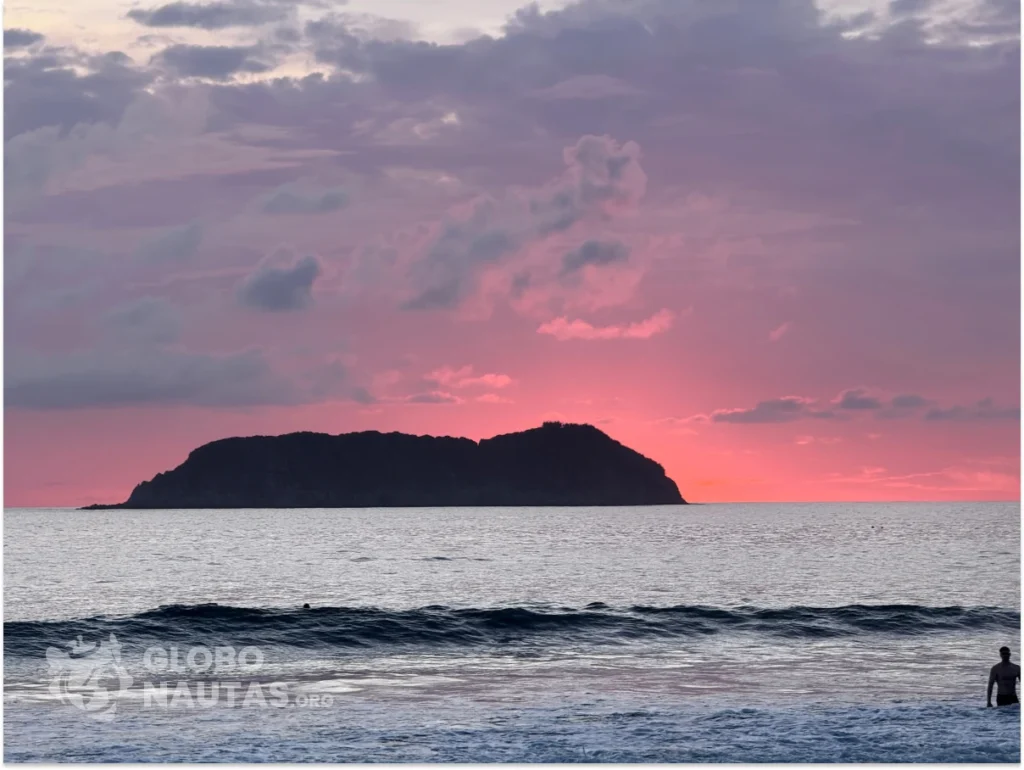
The park is on Costa Rica’s central Pacific coast, about 3 hours from San José. The closest town is Quepos, a small, lively place with hotels, restaurants, and a tiny airport.
How to Get to Manuel Antonio National Park in Costa Rica?
By Car
Driving from San José to Manuel Antonio takes about 3–3.5 hours (depending on the traffic, sometimes it might take a little longer, especially in the high season) along Route 27 and Route 34. We recommend you to rent a car in advance, especially if you’re planning to visit Costa Rica in the high season (December-April). You might be surprised how fast they can get sold out. When we travel we usually rent cars with RentalCars.com, especially when we go to a new destination and we don’t want to risk with the local companies.
Getting to Manuel Antonio by Bus
If you’re not driving, there are also buses from San José to Manuel Antonio. You can check routes and schedules here or here.
Organized Tours to Manuel Antonio National Park
Another option is to join an organized tour from different cities like San José and Jaco. These tours usually include transportation, a guide, and sometimes activities inside the park — perfect for a stress-free visit.
Manuel Antonio National Park Entrance & Tickets
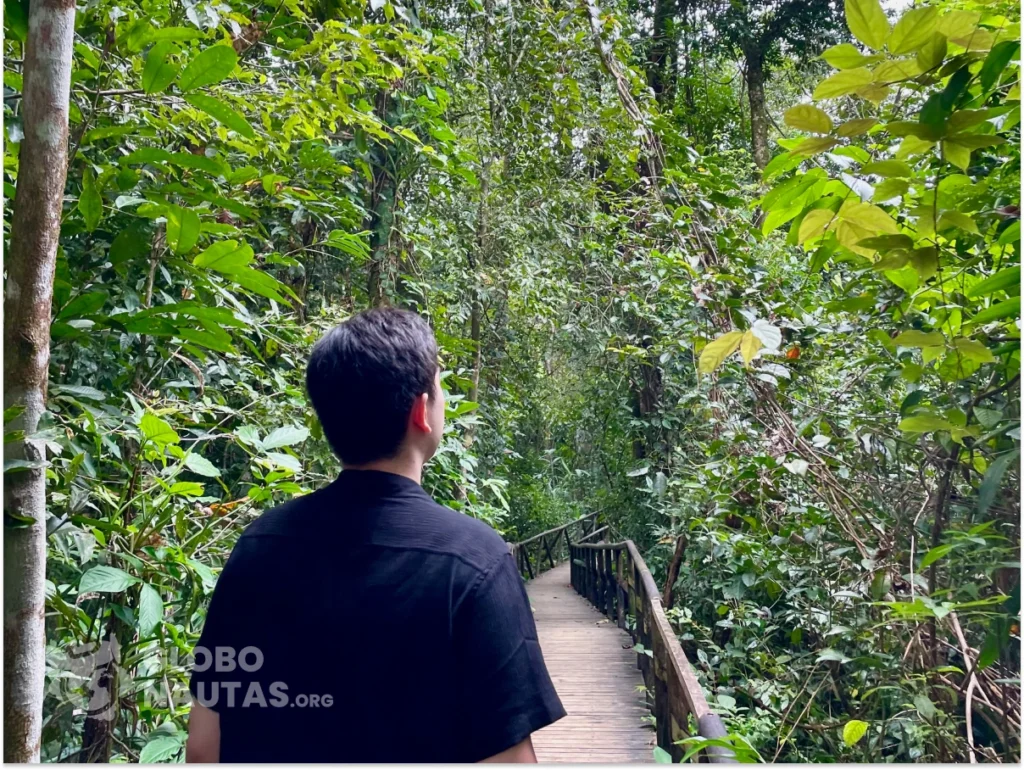
First of all you need to buy the tickets online, there is no option to buy them onsite and it’s better to do that in advance. You can buy your tickets here.
Opening hours: 7:00 a.m. to 3:00 p.m., closed on Tuesdays
Entrance fee: around $18 for foreigners
Keep a screenshot of your ticket handy because the signal at the entrance can be unreliable. Also, plan your day carefully — once you leave, you can’t re-enter.
When Is the Best Time to Visit Manuel Antonio
Last time we went was in the middle of December, and it was perfect — we still had a little bit of rain in the afternoons, but overall the weather was great. Now, when it comes to prices and the number of tourists, it probably wasn’t the best time, but the weather was nice and we were visiting the family for Christmas.
- Dry season (December–April): Perfect weather, calm seas, but more tourists.
- Rainy season (May–November): Fewer crowds, lush green jungle, and usually sunny mornings. Wildlife is also more active.
If you can, we recommend visiting during the shoulder months (May or November) — there are fewer people, the weather is still good, but you might just get a refreshing afternoon rain.
Wildlife You Can Spot in Manuel Antonio National Park
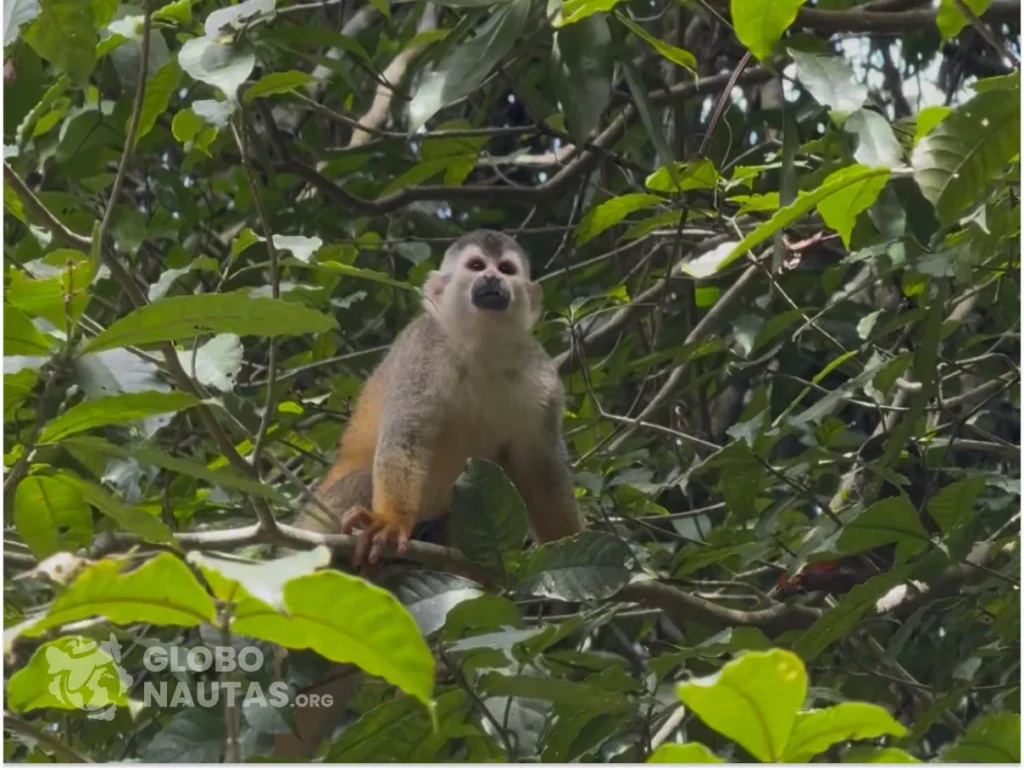
One of my favorite parts of the park is the wildlife — I was completely amazed seeing all the animals for the first time. Here are some of the species you can find in Manuel Antonio National Park:
- White-faced capuchin monkeys — you’ll probably see them even before entering the park.
- Howler monkeys — you can hear them long before you spot them.
- Sloths — we didn’t have much luck and only saw them from far away, high up in the trees.
- Squirrel monkeys — small, quick, and super cute.
- Iguanas and lizards — very common, especially around the beach.
- Coatis — raccoon-like animals often seen scavenging on the ground.
- Colorful tropical birds — toucans, parrots, and hummingbirds (unfortunately, we didn’t spot any this time).
- Butterflies and frogs — especially visible during the rainy season.
You need to be patient and look carefully — spotting animals here isn’t guaranteed. Remember, Manuel Antonio is a national park, not an animal reserve. The animals live freely in the wild; they’re not exposed for tourists to see, which makes every sighting feel special.
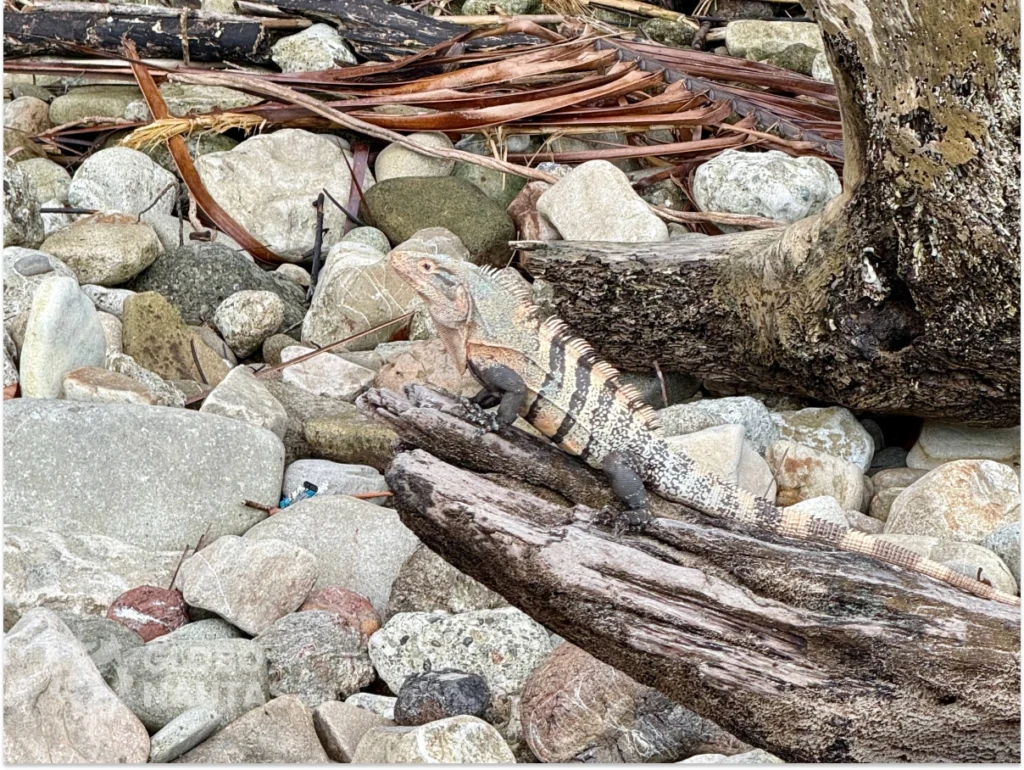
When we visited, we actually went two days in a row. The first day, we were a bit unlucky — we only saw the capuchin monkeys and some iguanas at the beach (we chose the wooden trail). The next day, we noticed most guides were taking a different path, the one more to the left, which isn’t as picturesque but seemed better for spotting wildlife. We decided to try it, and it was a great choice! That day, we saw sloths (a bit too high for a good photo), howler and squirrel monkeys, and even a bright little frog.
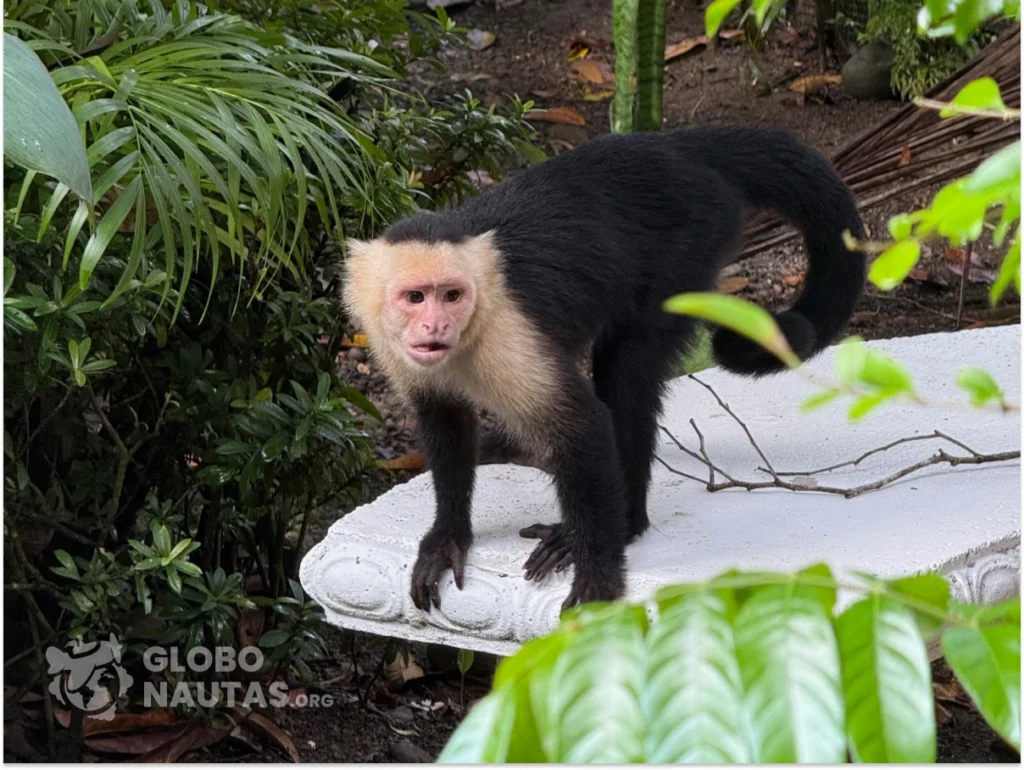
I’m not sure if that trail always has more animals, but if you have time, try both routes — it’ll give you a better chance to see the park’s amazing wildlife.
Do You Need a Guide?
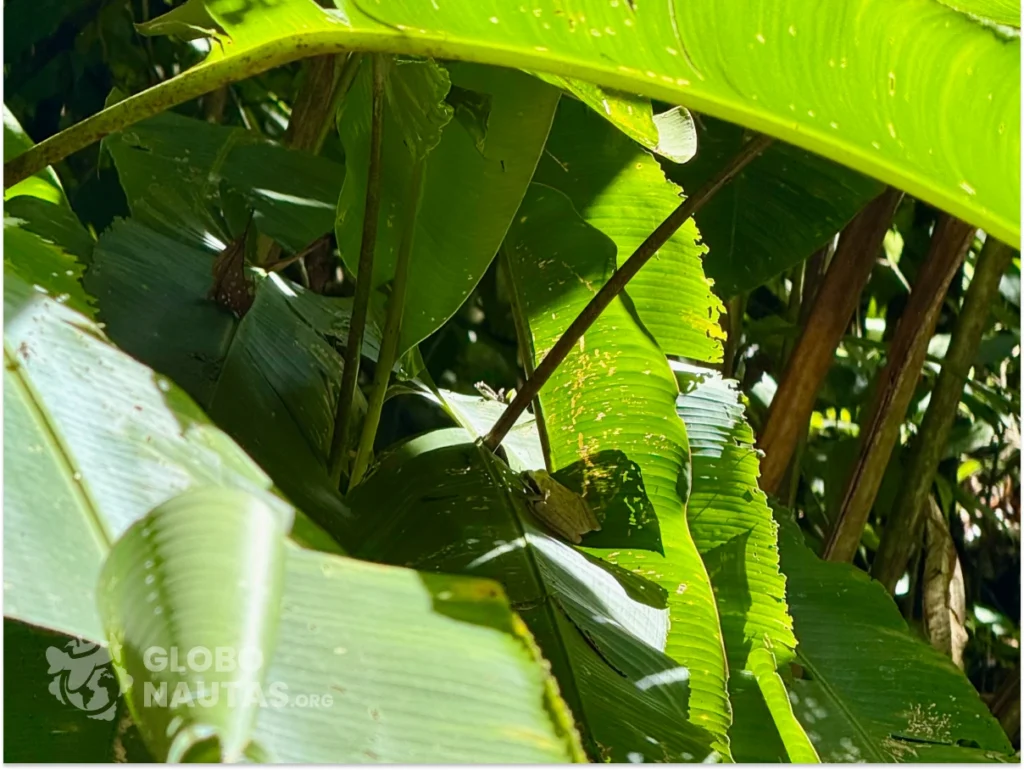
We didn’t hire a guide but we saw many on the trails and they definitely have more trained eyes and help you notice wildlife that’s easy to miss. Plus, they teach you a lot about the plants and animals so it depends what kind of experience you are looking for.
What to Pack for the Manuel Antonio National Park
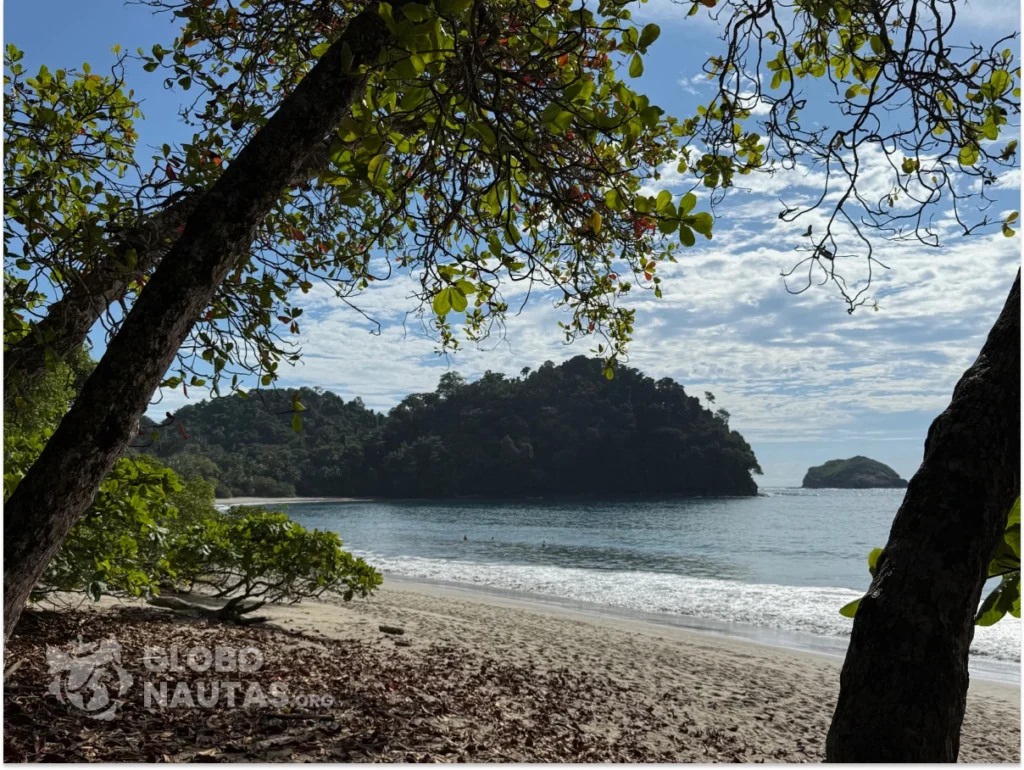
Here’s what we always bring for a comfortable visit:
✅ Essentials:
- Comfortable walking shoes or sandals
- Lightweight clothes and a swimsuit (there are two beautiful beaches inside Manuel Antonio National Park)
- Beach towel
- Refillable water bottle (plastic bottles are not allowed at the entrance and you will need to throw them away)
- Sunscreen and insect repellent
- Small binoculars (great for spotting birds and sloths!)
- Waterproof bag (since we bought our during our trip to Philippines we don’t travel without it to any beach destination, it’s super useful!)
🚫 Forbidden:
- Snacks: No food is allowed inside the Manuel Antonio National Park in Costa Rica, so make sure to have a good breakfast before entering. This rule helps prevent tourists from feeding animals to lure them closer. There’s a small snack bar at the end of the trail if you plan to stay longer on the beach and get hungry.
- Alcohol, drones, or single-use plastics
Where to Stay in Manuel Antonio
If you’re on a budget or prefer local vibes, staying in Quepos is a great option. It’s the main town near the park, with plenty of affordable hotels, restaurants, and buses running regularly to the park entrance.
For those who want to be as close to nature as possible, look for accommodation near the park entrance. You’ll be just a short walk from the beach and trails, perfect for early mornings at the park.
Last time, we stayed about 1 km from the park, and it was absolutely perfect. We were close enough to walk to the beach for sunsets, and in the mornings, we woke up to monkeys jumping and playing right in front of our hotel. It felt like being in the jungle, but with all the comfort of nearby restaurants and cafés just around the corner.
If you prefer breathtaking views, the hillside between Quepos and the park is the place to be. Many boutique hotels and eco-lodges are nestled in the forest there, offering ocean panoramas and sometimes even a sloth hanging out near your balcony.
Useful Tips for visiting Manuel Antonio National Park
- Keep your belongings close — monkeys and coatis are true experts at stealing things. And it’s not a local legend! We actually saw a monkey steal a wallet from a French tourist at the beach — it was inside his closed backpack! The monkey unzipped it and ran straight into the forest. So yes, keep your bags zipped and never leave them unattended.
- Take flip-flops with you. As we mentioned before, there are two beautiful beaches inside the park, and there’s a lot of sand. You definitely don’t want it getting into your walking shoes, especially after hiking.
- Have a good breakfast before entering the park. You can’t bring your own food inside, and the small snack bar near the beach has limited options — plus, there are usually long queues around lunchtime.
- Stay hydrated. It gets really hot and humid, and you’ll be walking quite a bit. Bring your refillable water bottle, as single-use plastic bottles are not allowed.
- Don’t forget insect repellent! You’ll be walking through the jungle, which means mosquitoes (and sometimes sandflies). Apply it before entering the park and reapply if you stay for several hours.
- Go early. The park opens at 7 a.m., and the first few hours are the best time to see animals and enjoy the trails before the crowds arrive.
- Bring a waterproof bag. If you plan to swim or stay at the beach, it’s handy for keeping your phone and valuables safe from sand and water.
We hope the information we’ve shared in this article helps you plan your trip and that you have an amazing time in Manuel Antonio — and hopefully spot lots of animals! 🐒🌴
Make sure to check out our article about the best things to do near San José, and feel free to reach out if you have any questions or doubts before visiting Manuel Antonio National Park!
